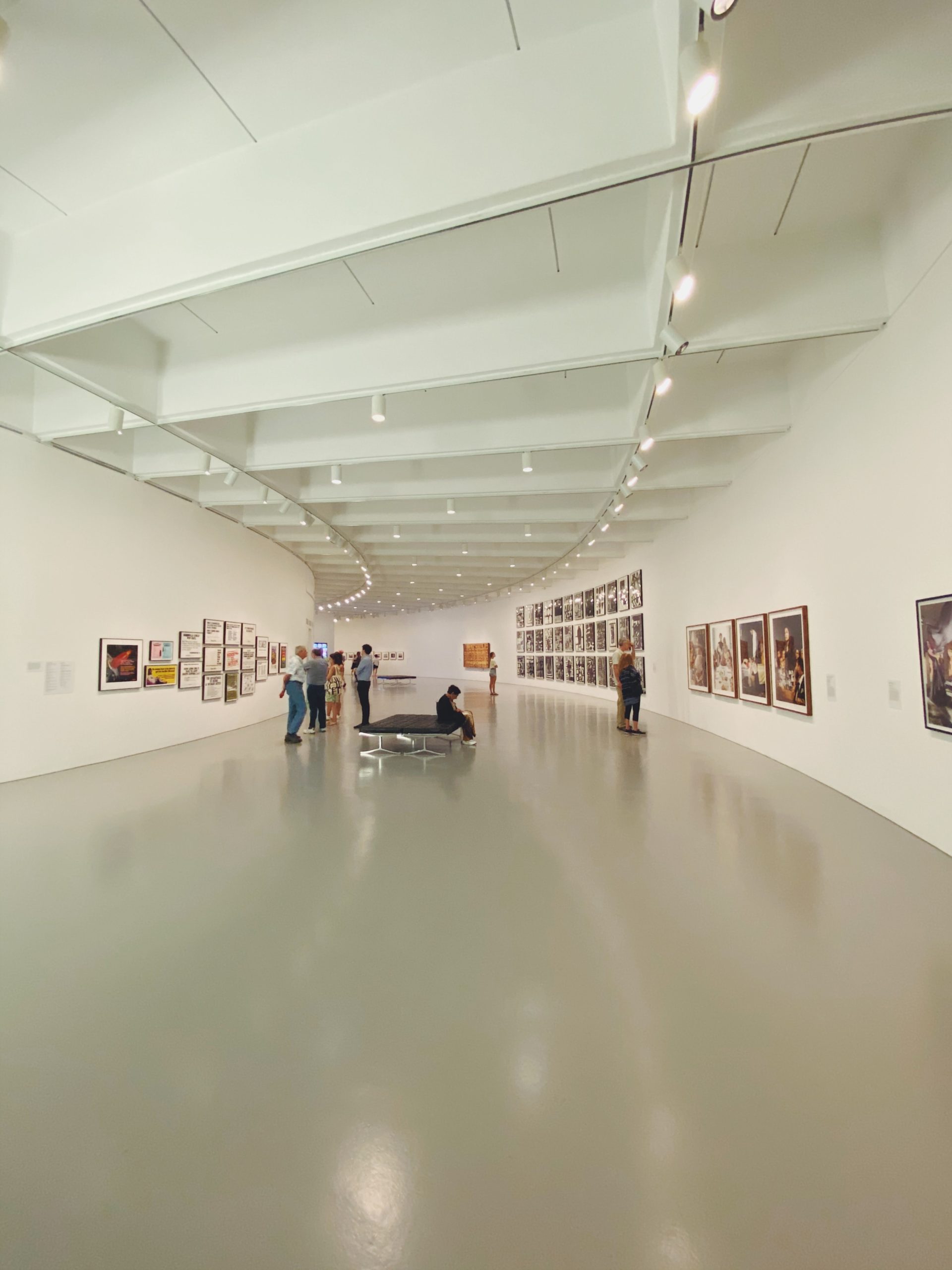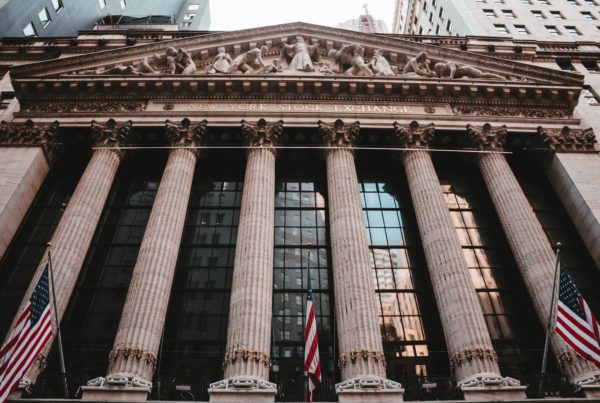In October of 2018, UK-based street artist Banksy sent ripples through the art world by indirectly selling a famous piece of his art at auction in London, and then having it publicly destroyed in front of the stunned audience.
The piece, Girl With Balloon, was sold at Sotheby’s for a price of $1.4 million to an anonymous “long-standing client” of the auction house. When the hammer came down, the print began to run itself through a shredder cleverly implanted in the bulky frame of the work. Audience members were understandably horrified, believing that they were witnessing the destruction of a highly valuable and unique work of art.
But they were wrong.
What they were actually watching was more of a public metamorphosis of the piece, one that would actually increase the value of the new work by “at a minimum 50 percent.”
Many in the art world claim that this was a publicity stunt, pure and simple, meant to bring Banksy attention and capitalize on an anti-rich anarcho-artistic zeitgeist. While this may be true, this point of view misses a more practical and successful goal of the stunt: the near-instant increase in value of the intellectual property owned by the artist. Banksy, whether he/she likes it or not, has/is a brand. In a concrete way, this stunt and others like it have been shown to increase the value of portfolios of work.
However, it’s important to remember that this stunt is not infinitely repeatable. If Banksy simply kept shredding his portfolio, the shock value would quickly dissipate and he would eventually have ended up devaluing his overall intellectual property.
Let’s look at an example of an entirely different kind of “stunt” or performance that increases intellectual property value in a different way, but may actually be repeatable.
Live Events Designed To Increase Intellectual Property Value/Brand Value
Consider Travis Pastrana, American motorsports legend and groundbreaking stunt performer. Throughout his career, Pastrana has consistently pushed the boundaries of what people think is possible in action sports. He has also realized how he can leverage his talents to build value in his intellectual property.
In 2003, Pastrana and friends founded Nitro Circus, an “action sport collective” which over time grew to include television programming, documentary film, and a “Nitro Circus Live Tour.” These projects were all made possible by literal stunts that increased the brand value and intellectual property value of his company and name. Often, businesses measure the value of a patent portfolio or intellectual property portfolio by how it increases the investability in the company. In 2006 when Pastrana landed the first successful double backflip on a dirtbike on live TV, he sent the value of his brand and intellectual property through the roof. He did so again in 2018 when he landed a series of three famous jumps attempted by stuntman Evil in 1967, completing all three. These stunts, and many others, fueled Pastrana’s TV show and live performance ticket sales, catapulting him to mainstream success.
It is the expectation of these events, or lack thereof, coupled with their unique nature that drives increases in the intellectual property of the company or individual.
Live Events On The Macro Scale
Outside of the art and sports worlds, a great example of live events affecting the value of an organization’s intellectual property can be found in Elon Musk’s company SpaceX.
Like the other two discussed above, Musk is most certainly a showman. A large part of his value-building model is announcing, and then delivering on, projects with massive international visibility (sometimes literally). Part of Musk’s strategy seems to be building trust in his tech and in his brands by having many different high-profile companies producing multiple different kinds of tech at the same time. For a number of years, Musk’s tech “stunts” have seemed to be everywhere, building trust and value in anything that has his name attached to it. Fortunately, it seems Musk has been able to assemble true technical experts to run the operational aspects of SpaceX as well as Tesla so that they have actually been able to execute on their innovative products (unlike some other companies …).
Starlink, his latest project, promises to reinvent satellite internet and bring it to extremely remote parts of the earth. Like his previous high-profile SpaceX launches, the Starlink project brings extreme attention to the SpaceX brand and Musk himself. On a clear night at the right place and at the right time, any human can look up into the sky and immediately Starlink, making it likely to be one of the most enduring and visible intellectual property value building projects ever created.
Similarities and Differences
This is not to say that all these situations are the same. For one, Pastrana is simply one of the most successful individuals in an industry designed around doing impressive feats of daring and capitalizing off of them, while Banksy relies on his audience’s expectation that the auction would take place normally to create shock and media attention. Musk’s strategy for building intellectual property and brand value takes place on an entirely different scale, bringing in attention and investment from all around the world.
In any case, the concept of increasing IP value with live events goes far further than just the world of art. One important thread throughout is the use of a single auteur/individual as a focal point for the event, whether it be macro or micro. Another key element is the management of the expectations of your audience. When these moves work, it is often because they surprise or astonish the public with a display of functionality or deconstructive finesse.
We get it. Patents are hard. Our job is to make that process easier. We’re a team of patent experts who will guide you through the whole IP process so that you can focus on what matters most–making your big idea a reality. Ready for a smarter way to approach IP? Click here to get started.





How Much Time Should You Spend Thinking About Prior Art? How About None.